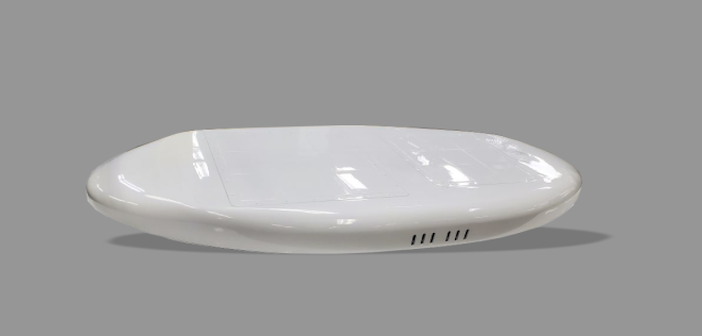Intelsat’s ESA technology aims for faster inflight connectivity

Intelsat has secured new business with Air Canada, Ball Aerospace and Stellar Blu Solutions, among companies, across a range of products and services.
Air Canada has selected Intelsat to provide line-fit 2Ku satellite connectivity systems on its upcoming Airbus A321XLR fleet, to be installed on the Airbus production line in Hamburg, Germany. The deal will also see all 15 of Air Canada’s existing mainline Airbus A321ceos upgraded with 2Ku, a project scheduled for early 2023.
“Air Canada’s commitment to delivering an exceptional in-flight experience with quality streaming connectivity is admired throughout the globe,” said Dave Bijur, senior vice president of commercial for Intelsat Commercial Aviation. “Our continuous launch of satellites over the next several years, starting with Intelsat 40e in early 2023, positions us well in the future to deliver unmatched reliability, redundancy and speed to passengers, all of which maximises guest satisfaction.”
These installations will include Intelsat’s next-gen modem which supports advanced video streaming globally. Intelsat operates the world’s largest integrated satellite and terrestrial network and has heavily invested in its global 5G software-defined satellite network.
“Millions of Intelsat inflight internet sessions have been delivered to Air Canada’s passengers throughout our nine-plus year relationship,” added Air Canada’s senior vice president of products, marketing and e-commerce, Mark Nasr. “We are delighted to grow our satellite connectivity service with Intelsat to provide our passengers with expanded inflight connectivity.”
A low-profile terminal with high-profile capability
Electronically Steered Antenna (ESA) technology enables flexible access to GEO and LEO satellites, enabling new connected experiences in a lean package. Intelsat has developed a new ESA it says is lighter and more versatile than previous options, and the first of a number of multi-orbit terminals in development at Intelsat.
GEO satellites, such as Intelsat’s constellation of Epic satellites and Software-Defined Satellites (SDS) provide layers of capacity, redundancy, and coverage of primary use in airline hub-cities and busy oceanic corridors. Meanwhile, LEO satellites deliver cloud-based productivity applications, quick browsing and global, interactive experiences. Unlike prior airline wi-fi solutions, LEOs provide coverage in polar regions onboard intercontinental polar flights.
Intelsat’s new terminal sits 3.5in (90mm) high on the fuselage and fits a variety of aircraft and mission profiles, ranging from the smallest commercial aircraft to international widebody models.
The low-profile installation is designed to reduce drag, fuel burn and carbon emissions. The antenna’s solid-state design uses Electronically Scanned Array Antenna technology from Ball Aerospace. Stellar Blu Solutions, the design and integration partner in the project, brings in a modular design that offers simplified maintenance, access and reliability.
Intelsat’s senior vice president for commercial aviation, Dave Bijur said, “We’ve always been a leader in revolutionary aero terminal design and integration; our 2Ku antenna remains the market leader and we’re now complementing the line-up with this new option. The Intelsat terminal not only provides the most flexible solution for customers but is built for true multi-orbit operation which will outperform emerging competitors that are using smaller ESA solutions capable of working solely on LEO networks.”
Intelsat anticipates the first installation, on a CRJ-700, in late 2022, with production installations to follow roughly 12 months later.
